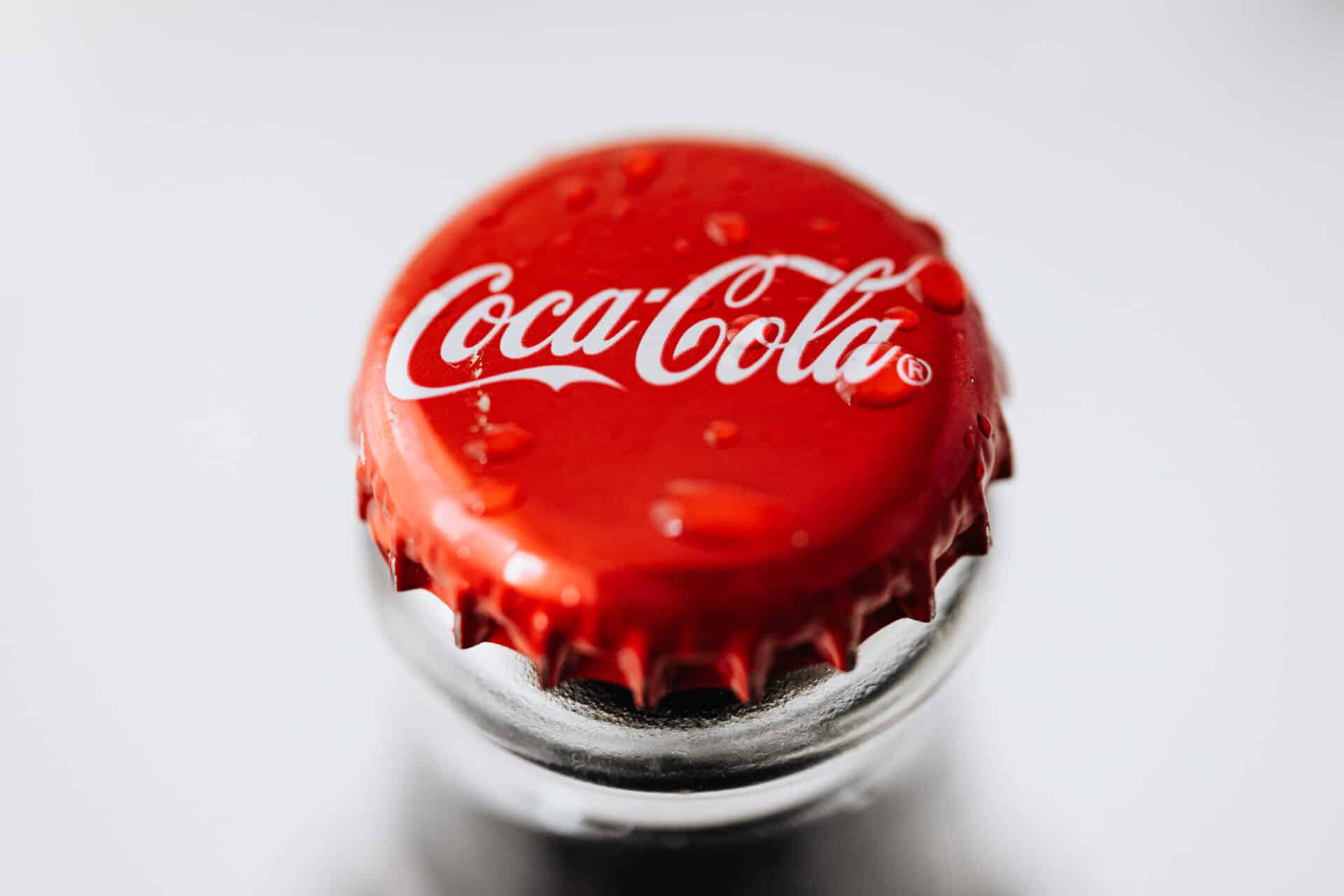Sterile water and distilled water are two different types of water that are used for a variety of different applications. While both types of water are purified and free from contaminants, there are subtle differences between the two. In this article, we will explore the differences between sterile water and distilled water in order to better understand when each should be used.Sterile Water is a type of purified water that has been specially processed to remove microorganisms and other contaminants. It is used in medical and laboratory applications where absolute sterility is required. Sterile Water is free from bacteria, fungi, and other microorganisms, making it safe for use in various procedures such as injections, irrigation, and preparing solutions.
Distilled Water
Distilled water is water that has been purified through a process of distillation. This process involves boiling the water and collecting the steam, which is then condensed back into liquid form. The resulting water has had most of its impurities removed, leaving it free of bacteria, salts, and other contaminants. Distilled water is often used in medical and laboratory settings due to its purity. It can also be used for drinking purposes when regular tap water is not available or not suitable for consumption. Additionally, distilled water is often used in car batteries and humidifiers as it does not contain any minerals that could damage the equipment.
The benefits of using distilled water are numerous. It does not contain any impurities or minerals that can affect taste or cause health issues if consumed. Furthermore, it has no bacteria or other microorganisms that can cause harm if ingested or inhaled. Because of this, distilled water is considered by many to be the safest option for drinking purposes when regular tap water is unavailable or unsuitable.
Distilled water can be produced either at home with a DIY distiller setup or purchased from a store in pre-packaged containers.
Are Sterile Water and Distilled Water the Same?
Sterile water and distilled water are both forms of purified water, however they are not the same. Sterile water is usually produced through a process called filtration, which removes impurities and makes the water sterile or free from micro-organisms. Distilled water is created through a process of boiling, which causes any impurities or minerals to be evaporated away. This process creates a very pure form of water that is often used for medical purposes.
Sterile water is often used in medical settings such as labs or hospitals, as it is important to ensure that it is free from any contaminants that could potentially cause harm to patients. It can also be used in medical devices such as catheters and syringes in order to reduce the risk of infection. Distilled water, on the other hand, is commonly used for drinking and cooking purposes since it has been boiled and all impurities have been removed.
Sterile water may look and taste like distilled water but it does not have the same level of purity as distilled water does due to
Differences in Sterile vs. Distilled Water
Sterile water and distilled water are two types of purified water that differ in purity and use. Sterile water is highly purified and is free from microorganisms, while distilled water is a type of purified water in which trace minerals have been removed. Both sterile and distilled water are used for medical purposes, such as IVs, but they also have different applications.
Sterile water is produced through a filtration process that removes bacteria, fungi, spores and other microorganisms. It is often used in medical settings to prepare solutions for injection or irrigation. In addition, it can be used to mix medications for intravenous injections.
Distilled water is created through a process of distillation that removes all impurities including minerals from the liquid solution. It has fewer impurities than other types of purified water such as spring or tap water and is suitable for drinking as well as in medical settings such as wound care or kidney dialysis treatments.
The main difference between sterile and distilled water lies in the level of purity achieved by each type of purification process. Sterile water is much more pure than
Uses of Sterile Water
Sterile water is water that has been treated with heat and/or chemicals to remove any microorganisms, such as bacteria, fungi, and viruses. Sterile water is used in medical and scientific settings, and is an essential ingredient in many laboratory experiments. It is also used in the manufacture of pharmaceuticals, medical instruments, and medical devices. In addition, sterile water can be used for wound care, cleaning wounds, rinsing contact lenses, irrigating the nose or eyes during allergies or sinus infections, and preparing intravenous (IV) solutions for injections.
Uses of Distilled Water
Distilled water is water that has been boiled and condensed to remove impurities like minerals, salts, and other contaminants. It is commonly used in laboratories for scientific experiments as it has a consistent composition which can be easily monitored. Distilled water is also used in industrial processes such as manufacturing certain electronics components where it helps to remove residue left over from the manufacturing process. Moreover, it can be used for drinking purposes as well since it does not contain any dissolved

Is Sterile Water Safe for Consumption?
Sterile water is a type of purified water that has been processed to remove bacteria, viruses, and other microorganisms. This type of water is usually used in medical settings to clean and disinfect wounds and medical instruments. While sterile water is not safe for drinking, it can be used for other purposes such as irrigation or cleaning wounds.
Sterile water can be purchased in stores or online in various sizes and forms. It is important to make sure that you are purchasing pure sterile water and not a diluted solution with other additives or contaminants. The label should clearly state that it is sterile water. Additionally, it should have an expiration date on the package so you know how long it can be safely stored before use.
When using sterile water for wound care, it is important to follow all safety precautions to prevent any potential contamination. First, make sure that the sterile container is tightly sealed before opening it. After opening the container, discard any unused solution immediately after use. It should also be stored away from direct sunlight or heat sources to prevent contamination from other sources such as bacteria or dust particles.
It is also
Making Sterile Water
Sterile water is water that has been purified and made free from any microorganisms. It is commonly used in medical and laboratory settings. To make sterile water, first the water needs to be filtered through a cloth or a filter paper to remove any large particles. Next, the water should be boiled for at least 10 minutes to kill any organisms present in the water. After boiling, the water should then be cooled and stored in a sterile container with a tight lid.
Making Distilled Water
Distilled water is created through a process of distillation, which involves boiling the water and then condensing the steam back into liquid form. This removes impurities as well as minerals from the water, leaving it pure. To make distilled water, first fill a pot or boiler with tap or filtered water and then bring it to a boil over high heat. When boiling, attach a condenser such as an attached glass tube to the side of the pot or boiler or use an external condenser connected by tubing. Collect the condensed steam in another clean container and allow it to cool before using or storing it in another sterile
The Benefits of Using Sterile and/or Distilled Water
Using sterile or distilled water is beneficial for a variety of reasons. It is important to note, however, that sterilized and distilled water are not the same. Sterilized water is free from any organisms or contaminants, while distilled water has been processed to remove minerals and other impurities. Both forms of water can be used in various medical, industrial, and household applications.
One of the main benefits of using sterile and/or distilled water is that it reduces the risk of contamination and infection. Because these forms of water are free from bacteria, viruses, fungi, and other microorganisms, they can be safely used for medical procedures such as dialysis or for cleaning wounds. They can also be used in industrial processes such as cooling systems or steam boilers where cleanliness is essential.
Another benefit of using sterile and/or distilled water is that it is safe to use for drinking purposes. Unlike tap water which may contain toxic chemicals and other contaminants, sterile and/or distilled water is pure and free from harmful substances. This makes it ideal for drinking when traveling in areas where potable tap water may

Conclusion
Sterile water and distilled water are both purified, but they are not exactly the same. Sterile water is a type of distilled water that has been further processed and filtered to meet even higher standards for cleanliness. While sterile water is used in medical settings, distilled water can be used for drinking, cooking, and other daily activities. Both types of water can help reduce the risk of contamination from bacteria or other organisms, making them an ideal choice for many people.
It is important to understand the difference between sterile and distilled water in order to make an informed decision about which type is best for your needs. If you are looking for a purified form of drinking water or one that will be used in a medical setting, then sterile water may be the best choice. On the other hand, if you are looking for a general-purpose purified form of drinking water then distilled water may be a better option.

